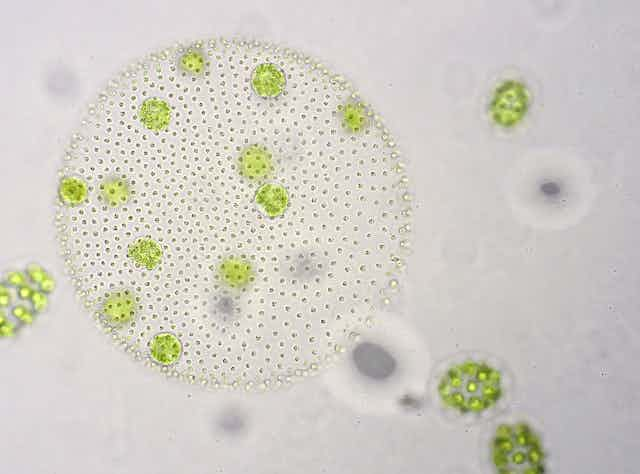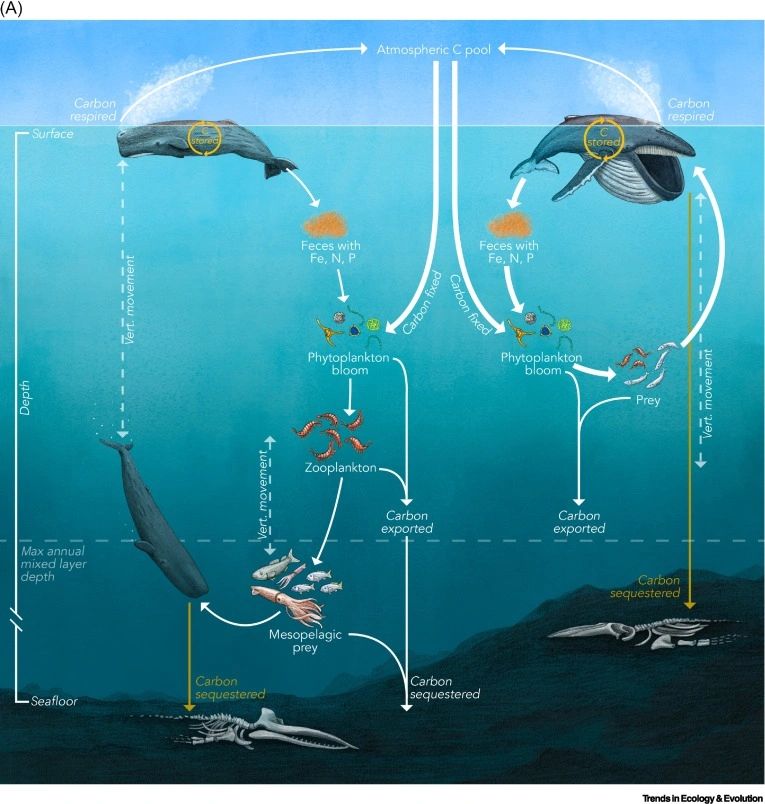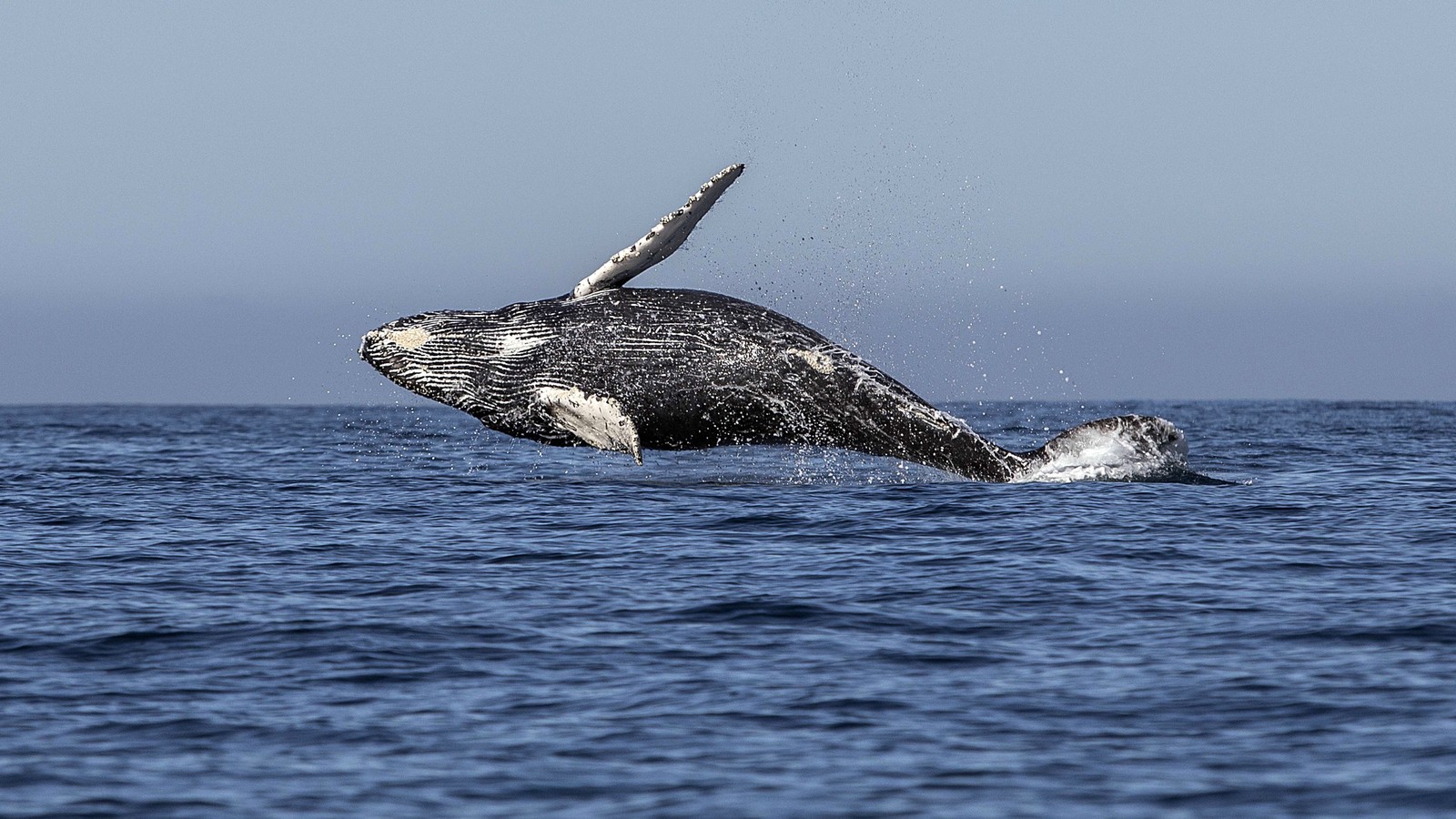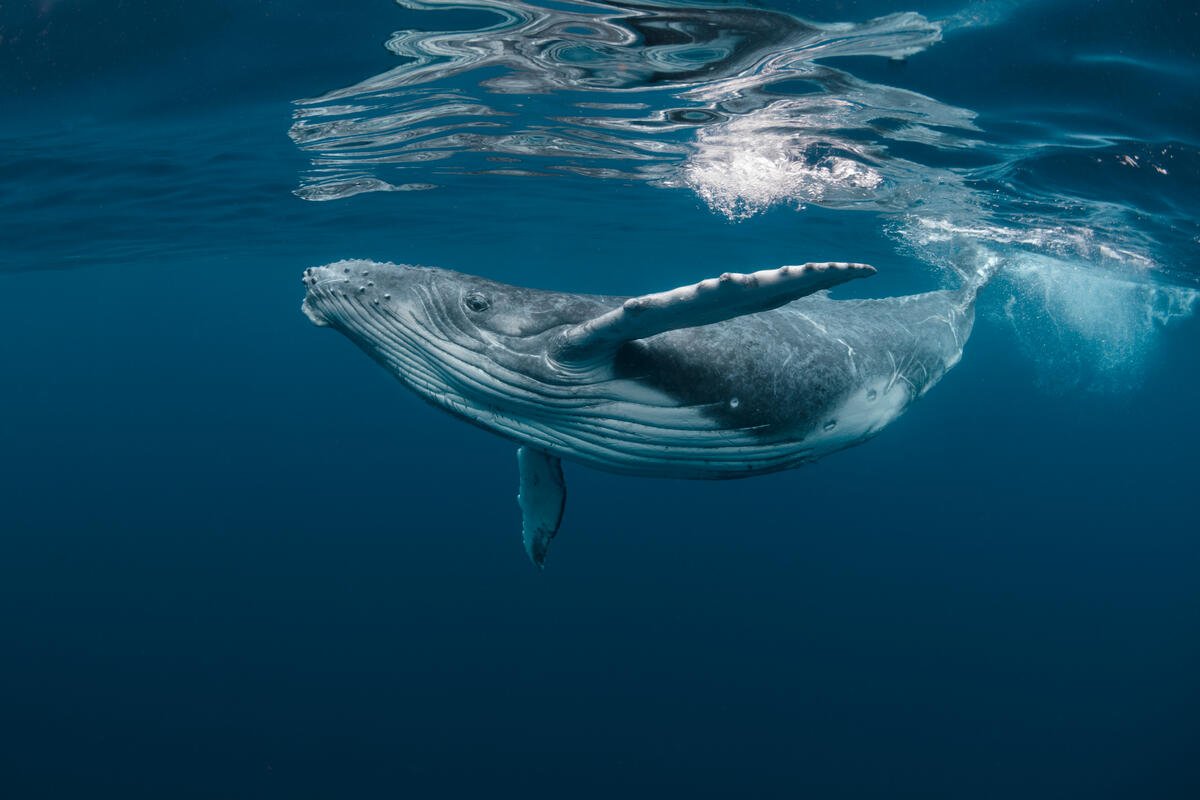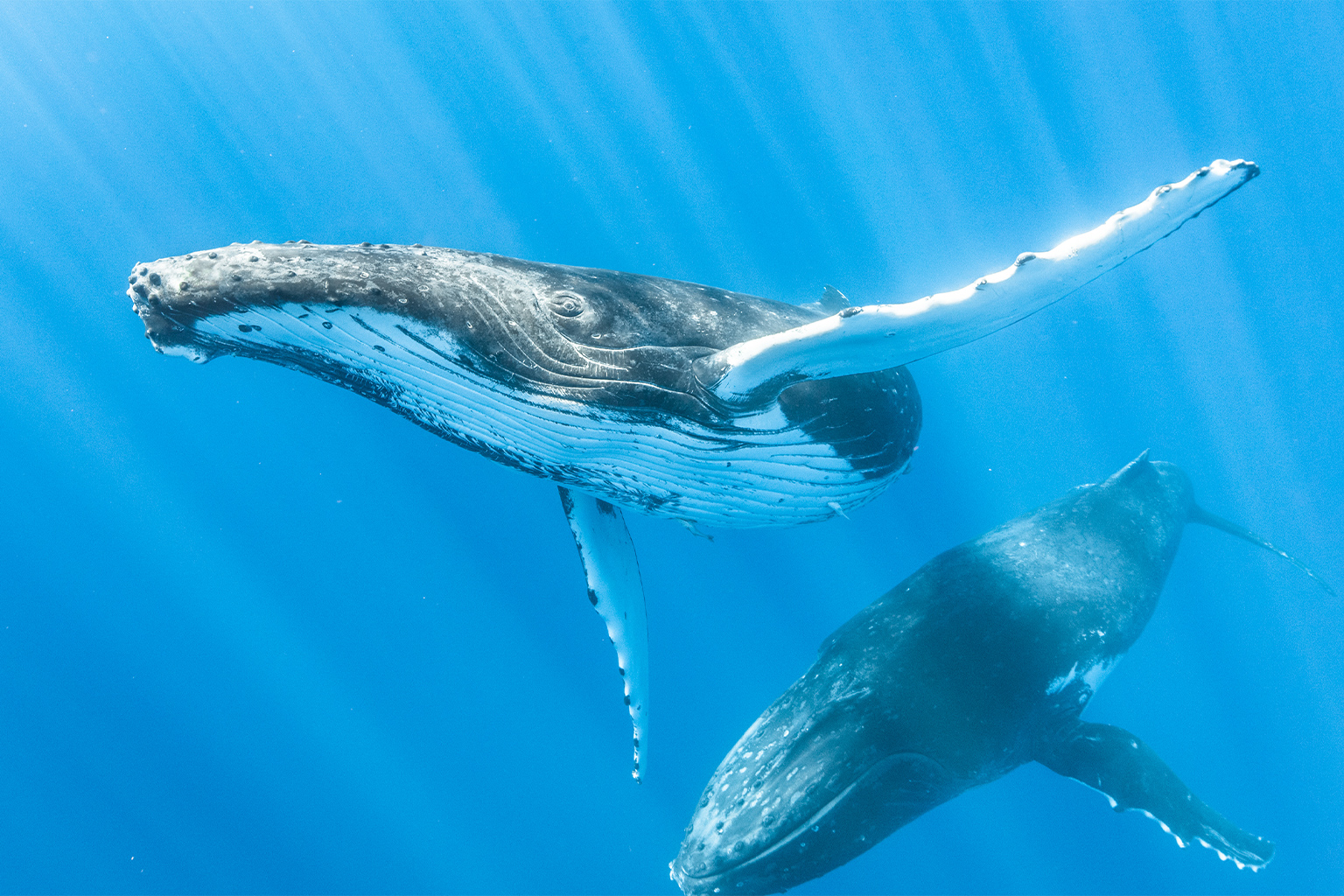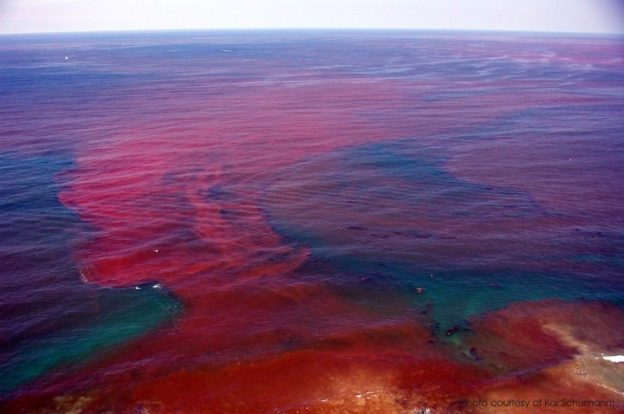Unveiling the Ocean's Unsung Climate Heroes
In the grand narrative of our planet's fight against climate change, the spotlight often shines on renewable energy, reforestation, and emission reductions. While these efforts are undeniably crucial, a colossal, often overlooked ally silently works beneath the waves, wielding an extraordinary power to safeguard our Earth: whales. These magnificent marine mammals, celebrated for their immense size, intelligence, and graceful movements, are far more than just captivating creatures of the deep. They are vital engineers of our ocean ecosystems, playing a critical and often underestimated role in carbon sequestration and maintaining the delicate balance of marine health.
Imagine a world where the very breath of the ocean helps regulate our climate. This isn't a fantasy; it's a reality shaped by the profound impact of whales. Understanding their intricate contributions is not just fascinating; it's essential for crafting truly comprehensive and effective climate solutions. This article dives deep into the remarkable science behind whales' climate-regulating abilities, exploring the ingenious mechanisms through which they contribute to carbon capture, bolster marine biodiversity, and ultimately, help secure a healthier future for our planet. Prepare to be amazed by the secret power of these gentle giants and discover why their survival is intrinsically linked to our own.
The Whale Pump: A Symphony of Life and Carbon Sequestration
One of the most extraordinary ways whales contribute to climate change mitigation is through a process aptly named the whale pump. This isn't some complex machinery; it's a natural, elegant dance of life that leverages the very biology of these ocean giants. Picture this: whales, like the colossal sperm whale, dive to incredible depths to feast on their prey. After a hearty meal, they ascend to the sunlit surface waters to breathe and, crucially, to release nutrient-rich faecal plumes. These plumes are not just waste; they are a vital elixir for the ocean.
These faecal plumes are teeming with essential nutrients, particularly iron and nitrogen, which are often scarce in the vast expanse of the open ocean. These elements are the building blocks for phytoplankton, microscopic marine plants that form the base of the marine food web. Just like trees on land, phytoplankton absorb vast amounts of carbon dioxide (CO2) from the atmosphere through photosynthesis.
The whale pump essentially acts as a biological pump, transferring nutrients from the deep ocean to the surface waters where phytoplankton thrive, explains Dr. Anya Sharma, a marine biologist specialising in whale ecology. This process enhances phytoplankton growth, leading to increased carbon sequestration. When phytoplankton die, they sink to the ocean floor, effectively locking away the carbon they have absorbed for potentially centuries.
The efficiency of the whale pump is truly remarkable. Whales act as living nutrient concentrators, bringing vital elements from the nutrient-rich deep sea to the sunlit surface. This targeted delivery stimulates phytoplankton blooms that are far more productive than would occur naturally. Consider the role of iron: In many ocean regions, iron is a limiting nutrient, meaning its scarcity restricts phytoplankton growth. By distributing concentrated amounts of iron through their waste, whales are, in essence, fertilising the ocean, supercharging primary productivity and driving significant carbon capture.
But the whale pump isn't solely about faecal plumes. Whales also release urea through urination, providing another crucial source of nitrogen for phytoplankton. The sheer scale of whale migrations means this vital nutrient distribution occurs across vast ocean distances, impacting ecosystems far beyond their immediate feeding grounds. Historically, before the devastating era of industrial whaling decimated whale populations, the effect of the whale pump would have been significantly more pronounced, underscoring the critical need for whale conservation and population recovery.
Phytoplankton: The Unseen Giants of Carbon Capture
While whales are the charismatic megafauna of the ocean, the true unsung heroes of carbon sequestration are their microscopic allies: phytoplankton. These tiny, single-celled organisms may be invisible to the naked eye, but their collective impact on global carbon cycling is nothing short of immense. They are responsible for approximately half of all photosynthetic activity on Earth, meaning they capture as much carbon dioxide as all the terrestrial plants and forests combined.
The carbon absorbed by phytoplankton is then incorporated into the marine food web, forming the foundational layer that supports a vast array of marine life, from zooplankton and small fish to the largest whales themselves. Phytoplankton are the foundation of the marine food web, and their role in carbon sequestration cannot be overstated, says Dr. Ben Carter, an oceanographer studying carbon cycles. Whales, by stimulating phytoplankton growth through the whale pump, are indirectly supporting this vital carbon sink. A healthy whale population translates to a healthier phytoplankton population, which in turn leads to greater carbon capture and storage.
Different types of phytoplankton exhibit varying efficiencies in carbon sequestration. For instance, diatoms, a type of phytoplankton that constructs its cell walls from silica, are particularly effective. When diatoms die, their heavy silica shells cause them to sink rapidly to the ocean floor, carrying the absorbed carbon with them to the deep sea, effectively sequestering it for potentially thousands of years. Other types, such as coccolithophores, also contribute significantly to carbon sequestration through the formation of calcium carbonate plates.
The relationship between whales and phytoplankton is a beautiful example of a positive feedback loop in nature. Whales enhance phytoplankton growth, and in turn, phytoplankton sustain the entire marine food web that supports whales. This intricate interconnectedness underscores the profound importance of maintaining biodiversity and healthy ecosystems in our oceans to ensure their continued functioning and their invaluable carbon-capturing abilities.
Whale Carcasses: Deep-Sea Carbon Sinks and Biodiversity Hotspots
When a whale, a creature of immense size and longevity, eventually succumbs to natural causes, its journey doesn't end. Instead, it embarks on a final, profound contribution to the planet: its massive carcass sinks to the abyssal plains of the ocean floor, creating a unique and vibrant ecosystem known as a whale fall. These deep-sea oases provide a significant, concentrated pulse of organic matter and nutrients to an otherwise food-scarce environment, supporting a diverse community of specialised organisms that can thrive for decades, even centuries.
Whale falls are like underwater oases in the otherwise barren deep sea, explains Dr. Sarah Miller, a deep-sea ecologist. They attract a wide range of scavengers, from hagfish and sleeper sharks to specialised invertebrates like bone-eating worms. These organisms break down the whale carcass, releasing nutrients back into the environment and supporting a complex food web.
The process of decomposition at a whale fall unfolds in distinct, fascinating stages. Initially, highly mobile scavengers, such as sharks and hagfish, rapidly consume the soft tissues. Following this, opportunistic invertebrates, including various crustaceans and molluscs, colonise the bones and surrounding sediment, feeding on residual organic matter. Finally, and perhaps most remarkably, chemosynthetic bacteria take over. These unique microorganisms utilise the lipids (fats) within the whale bones as an energy source, creating a foundation for a thriving community of organisms that don't rely on sunlight for energy. This chemosynthetic activity further contributes to the long-term sequestration of carbon within the deep-sea sediments.
The long-term impact of whale falls extends far beyond the immediate vicinity of the carcass. They serve as crucial stepping stones for deep-sea organisms, facilitating dispersal and maintaining genetic diversity across vast, geographically separated regions of the ocean floor. Furthermore, whale falls contribute significantly to the overall carbon budget of the ocean, effectively burying a substantial amount of organic carbon in the deep-sea sediments, removing it from active circulation for extended periods. Each great whale, on average, sequesters an astonishing 33 tons of CO2 when it dies and sinks to the ocean floor, taking that carbon out of the atmosphere for centuries. This is equivalent to the amount of carbon absorbed by over 1,500 trees in a year.
The Echoes of Whaling: A Climate Catastrophe
The devastating impact of industrial whaling on whale populations, particularly during the 19th and 20th centuries, has had far-reaching and often underestimated consequences, not only for marine ecosystems but also for global climate change. By decimating whale populations, humanity inadvertently disrupted the intricate natural processes that regulate our planet's climate. We weakened the whale pump, drastically reduced phytoplankton productivity, and diminished the ocean's overall capacity for carbon capture.
The historical overexploitation of whales represents a massive ecological blunder, argues Dr. James Thompson, a conservation biologist. By removing these keystone species from the ocean, we have weakened the natural processes that help regulate our climate. Restoring whale populations is not just a matter of conservation; it’s a crucial step in mitigating climate change.
The decline in whale populations led directly to a significant decrease in nutrient cycling within the ocean, especially in regions where iron is a limiting nutrient. This reduction in nutrient availability had a cascading negative effect on phytoplankton growth, leading to a measurable decrease in the ocean's ability to absorb atmospheric carbon dioxide. Furthermore, the drastic reduction in whale numbers meant fewer whale falls, thereby reducing the input of organic matter to the deep sea and impacting deep-sea ecosystems and their long-term carbon storage capabilities.
Studies have compellingly demonstrated that restoring whale populations could significantly enhance the ocean’s capacity to absorb and store carbon dioxide. By allowing whale populations to recover to their pre-exploitation numbers, we can effectively reinstate the powerful whale pump, boost phytoplankton productivity, and support the vital role of whale falls in long-term carbon sequestration. The economic benefits of whale conservation, in terms of climate regulation and the myriad of ecosystem services they provide, far outweigh the short-term gains that were once associated with whaling. It's a clear case where ecological restoration directly translates into tangible climate benefits.
Whale Conservation: A Climate Imperative, Not Just an Ethical One
Protecting and restoring whale populations is no longer just an ethical imperative; it has emerged as a critical climate imperative. The health of our oceans and our planet's climate is inextricably linked to the well-being of these magnificent creatures. Therefore, robust whale conservation efforts are absolutely essential for mitigating the accelerating impacts of climate change. Several multi-faceted strategies must be employed to support whale conservation and promote their recovery to their historical abundances.
Whale conservation requires a multi-faceted approach, encompassing habitat protection, reducing threats from human activities, and promoting sustainable practices, explains Dr. Emily Wilson, a marine conservationist. We need to work together to create a safe and healthy environment for whales to thrive.
One of the most critical aspects of whale conservation involves safeguarding their vital habitats. This includes the establishment and effective management of Marine Protected Areas (MPAs) in regions where whales feed, breed, and migrate. MPAs serve as crucial sanctuaries, helping to reduce threats from commercial fishing, shipping traffic, and other human activities, thereby providing whales with the safe havens they desperately need to recover and flourish. Furthermore, the pervasive issue of plastic pollution in our oceans poses a grave threat. Whales, along with countless other marine species, often ingest plastic debris, which can lead to severe internal injuries, starvation, and ultimately, death. Reducing our reliance on single-use plastics and improving waste management systems are paramount to protecting these gentle giants.
Another significant strategy focuses on mitigating the direct threats posed by human activities, specifically ship strikes and entanglement in fishing gear. Ship strikes represent a leading cause of mortality for certain whale populations, particularly in areas with high volumes of shipping traffic. Implementing mandatory speed restrictions in designated whale habitats and developing advanced technologies to detect and help ships avoid whales are crucial steps in reducing these tragic incidents. Similarly, reducing the use of harmful, non-selective fishing gear and actively promoting sustainable fishing practices are vital to minimise the risk of whale entanglement, which can lead to severe injuries, drowning, or prolonged suffering.
Crucially, addressing climate change itself is an indispensable component of whale conservation. As our oceans absorb increasing amounts of heat and CO2, they become warmer and more acidic. These changes directly impact whale habitats, alter ocean currents, and disrupt the delicate balance of marine food webs, ultimately affecting the availability of their prey. Therefore, aggressively reducing global greenhouse gas emissions and transitioning rapidly to a low-carbon economy are not just environmental goals; they are fundamental to protecting whales and all other marine life from the devastating consequences of a changing climate.
The Economic Value of Whales: Beyond the Spectacle
While the intrinsic value of whales – their sheer beauty, intelligence, and ecological significance – is undeniable, there is a growing and increasingly important recognition of their profound economic value. This value extends far beyond their role as charismatic tourist attractions, encompassing critical ecosystem services that directly benefit human societies and economies worldwide. Studies have increasingly demonstrated that the economic benefits derived from healthy whale populations and robust whale conservation efforts far outweigh the costs, positioning whale protection as a sound, long-term investment for a sustainable future.
The economic value of whales is often underestimated, but it is becoming increasingly clear that they provide valuable ecosystem services that benefit human society, says Dr. Robert Green, an environmental economist. By sequestering carbon, supporting fisheries, and promoting tourism, whales contribute significantly to the global economy.
The carbon sequestration services provided by whales are particularly valuable in the context of our urgent need to combat climate change. The immense potential for thriving whale populations to significantly enhance carbon capture and long-term storage in the ocean represents a substantial economic opportunity. By strategically investing in whale conservation, we can unlock this powerful natural carbon sink, contributing directly to achieving global climate targets and potentially even creating new economic models around whale carbon credits.
Beyond carbon, whales also play a crucial, indirect role in supporting global fisheries. By enhancing nutrient cycling through the whale pump and promoting robust phytoplankton productivity, they contribute to a healthier and more productive marine environment. Healthy whale populations can lead to increased fish stocks, which in turn benefit fishing communities, support livelihoods, and strengthen the global seafood industry. This is a powerful example of how protecting one part of the ecosystem can have positive ripple effects throughout the entire marine food web.
Furthermore, the tourism industry benefits immensely from whale conservation. Whale watching has become a hugely popular and lucrative activity in many coastal regions around the world, generating significant revenue and creating jobs. By protecting whales and their critical habitats, we not only preserve these majestic creatures but also support sustainable tourism, providing economic benefits for local communities and fostering a deeper appreciation for marine life among visitors. This symbiotic relationship between conservation and economic prosperity underscores the multifaceted value of whales.
Blue Carbon: The Ocean's Hidden Climate Solution
The concept of blue carbon refers to the carbon captured and stored by coastal and marine ecosystems. While often associated with mangroves, seagrass beds, and salt marshes, the role of whale populations in this vital process is increasingly being recognised. Blue carbon ecosystems are incredibly efficient at sequestering carbon dioxide from the atmosphere, storing it within their biomass and the underlying sediments. Protecting and restoring these ecosystems is now understood as a crucial strategy for mitigating climate change.
Whales play a significant, albeit indirect, role in the broader blue carbon cycle. By enhancing phytoplankton productivity through the whale pump, they contribute to the overall health and carbon-absorbing capacity of the marine environment. This increased primary productivity ultimately leads to more carbon being drawn down from the atmosphere and incorporated into the ocean's biological systems. Furthermore, as discussed, whale falls provide a long-term source of carbon to the deep sea, effectively transferring atmospheric carbon into deep-ocean sediments, thereby enhancing the blue carbon sink.
Blue carbon ecosystems are among the most productive and carbon-rich ecosystems on Earth, explains Dr. Linda Davis, a marine ecologist specialising in blue carbon. They provide a range of ecosystem services, including carbon sequestration, coastal protection, and habitat for marine life. Investing in blue carbon conservation is a win-win for both the environment and the economy.
Integrating whale conservation into comprehensive blue carbon strategies is essential for maximising the climate benefits derived from ocean ecosystems. By fully recognising and quantifying the role of whales in carbon sequestration, we can develop more holistic and effective climate solutions that address both terrestrial and marine carbon sinks. Including whale populations in carbon accounting and climate mitigation frameworks can also unlock new funding opportunities for whale conservation initiatives and promote more sustainable, integrated ocean management practices globally.
The Future of Whales and Our Climate: An Intertwined Destiny
The destiny of whales and the future health of our global climate are, without a doubt, inextricably linked. As we deepen our understanding of the vital and multifaceted role whales play in carbon sequestration and the overall health of marine ecosystems, the urgency to take meaningful action to protect these magnificent creatures becomes ever more apparent. The decisions and actions we undertake today will profoundly shape the fate of whale populations and, by extension, the health and stability of our planet for generations to come.
We have a responsibility to protect whales and ensure their survival for future generations, says Dr. David Lee, a renowned whale researcher and passionate conservation advocate. By working together, with a shared vision and concerted effort, we can create a world where whales not only survive but thrive, and where our planet is healthy, resilient, and sustainable for all life.
Investing in robust whale conservation is far more than a noble act of environmental stewardship; it is a strategic and essential investment in our own collective future. By actively supporting the recovery and restoration of whale populations, we directly enhance the ocean's immense capacity to absorb and store atmospheric carbon dioxide. This, in turn, fosters healthier, more vibrant marine ecosystems, which are crucial for global biodiversity and food security. Moreover, it promotes sustainable economic development through responsible tourism and fisheries, creating a virtuous cycle of ecological and economic well-being.
The time for decisive action is unequivocally now. We must seize this opportunity to champion these unsung heroes of our planet, recognising their silent yet monumental contributions to climate regulation. By doing so, we can collectively forge a brighter, more sustainable future, not just for whales, but for all living beings that call Earth home. The intricate dance between whales and our climate is a powerful reminder that every component of our natural world plays a crucial role, and protecting one often means safeguarding the health of the whole.
Call to Action: Be a Champion for Whales and Our Climate
The information presented in this article underscores the critical need for increased awareness and concerted action to protect whales and their habitats. Further research is needed to fully understand the complex interactions between whales, phytoplankton, and the carbon cycle. Governments, organisations, and individuals must work together to implement effective conservation measures and promote sustainable ocean management practices.
There are many tangible ways you can contribute to whale conservation and the broader fight against climate change. Every action, no matter how small, collectively makes a significant difference. Here are a few impactful steps you can take:
- Support Dedicated Organisations: Consider donating to or volunteering with reputable organisations that are actively engaged in whale conservation, marine research, and ocean protection. Your support empowers their vital work on the front lines of conservation.
- Reduce Your Carbon Footprint: Make conscious and deliberate choices in your daily life to reduce your personal carbon emissions. This includes opting for public transportation, cycling, or walking when possible, conserving energy at home, choosing renewable energy sources, and embracing a more plant-rich diet. Every kilowatt-hour saved and every mile not driven contributes to a healthier planet.
- Advocate for Change: Your voice has power. Contact your elected officials at local, national, and international levels and urge them to support robust policies that protect whales, establish and enforce marine protected areas, and promote ambitious climate action. Policy changes are crucial for systemic impact.
- Make Sustainable Seafood Choices: Be an informed consumer. Choose seafood that has been sustainably harvested, certified by organisations that ensure responsible fishing practices. This helps reduce the demand for seafood caught using methods that harm whales and other marine life.
- Educate and Inspire Others: Share the knowledge you've gained about the importance of whales and the threats they face with your friends, family, and community. Spark conversations, share articles, and encourage others to learn more. Awareness is the first step towards action.
- Minimise Plastic Use: The pervasive issue of plastic pollution is a direct threat to marine life, including whales. Actively reduce your reliance on single-use plastics by using reusable bags, water bottles, and containers. Participate in beach cleanups and support initiatives that aim to reduce plastic waste in our oceans.
By embracing these actions, you become an active participant in the solution, helping to create a healthier, more resilient planet for whales and for all of humanity. The future of our oceans and our climate rests on our collective commitment to protecting these magnificent, climate-fighting giants.


